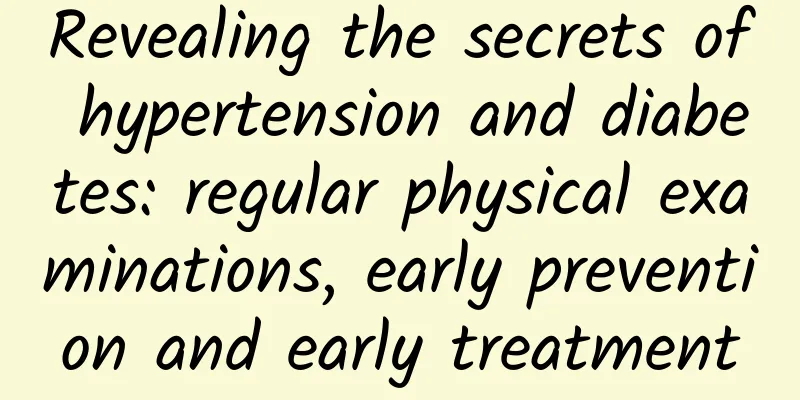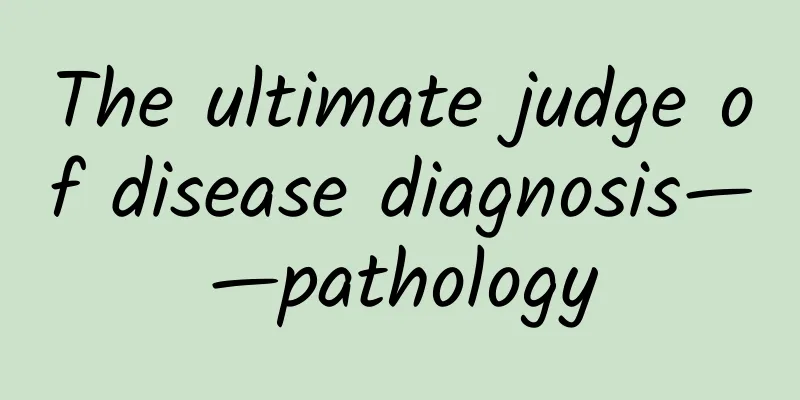Is knee pain two months after delivery postpartum rheumatism?

|
Women need to rest after giving birth, commonly known as confinement, which can be divided into large and small periods of time. When patients fall ill during the confinement period and do not receive timely medical treatment, they will suffer from confinement diseases. The treatment of such diseases is complicated and it is best to cure them during the confinement period. The most common disease is postpartum rheumatism, which can occur in any joint of the body. When knee pain occurs two months after giving birth, patients will also suspect that it is caused by confinement diseases. So is knee pain two months after giving birth postpartum rheumatism? Postpartum rheumatism (also called "wind-cold syndrome", "water-induced" and "alcohol-induced") is a disease characterized by soreness and pain in the muscles and joints caused by wind, cold and dampness when the body is weak after childbirth or after an abortion, which damages the joints, tendons, muscles, skin and other tissues. The main symptoms of this disease are pain in muscles and joints throughout the body, fear of wind, cold, and intolerance of fatigue, but there is no redness or swelling in the affected joints and muscles. The main symptoms of this disease are pain in muscles and joints throughout the body, fear of wind, cold, and intolerance of fatigue, but there is no redness or swelling in the affected joints and muscles. Some patients often experience headaches, dizziness, fear of wind, orbital pain, dry eyes and excessive tearing. Some patients also have a drilling sensation in the joints and muscles. When encountering a cool breeze, one feels as if the cool breeze is penetrating into the bones. Severe patients must wrap the affected area with thick cotton clothes to feel comfortable even in the hottest days. It is worth pointing out that most of the blood tests for rheumatoid factor, anti-O and erythrocyte sedimentation rate of such patients are normal. Anti-rheumatic drugs are ineffective for this type of patients, indicating that the disease is not only a rheumatic disease, but is also related to postpartum anemia and wind, cold and dampness in the blood, so it is called "postpartum rheumatism." The causes of the disease are: 1. Postpartum rheumatism caused by wind or contact with cold water during childbirth. Symptoms include long-term pain in limb joints and obvious pain when hands come into contact with cold water. 2. In cold areas, people often work in cold environments, and the cold evil enters the body. Over time, the lower limbs become cold, painful, and stiff, with limited mobility and difficulty walking, leading to the old cold leg disease. 3. Some people in the crowd are particularly afraid of cold and wind, and cannot eat cold food or drinks; they cannot wear shorts in summer, and women cannot wear skirts, etc. This type of people has a weak and cold constitution, so they are particularly susceptible to colds. Suffering from a cold will make one's constitution even weaker, often forming a vicious cycle. 4. Being exposed to wind and rain in daily life, sitting in damp or cold places for a long time, sleeping in wet places or using electric fans or air conditioners can all cause colds; after fatigue and warm-up exercises, cold air invades and causes various pain symptoms; in hot summer, the defensive surface opens and gets cold, and the cold air enters the body, causing various pain, soreness, and sleepiness symptoms; after sweating, the skin opens and gets cold, allowing cold air to enter the body, hindering the circulation of qi and blood, and causing pain symptoms; catching a cold due to a bad mood will cause cold air to enter the meridians and even the internal organs. As the saying goes, "catching a cold due to qi" is a serious disease. 5. After giving birth, pregnant women sweat profusely but fail to remove the sweat in time, and do not keep warm in time, which gives colds and other diseases a chance to invade. 6. If the living environment is limited and the mother’s bedroom is dark and damp, it may also cause blood circulation obstruction. 7. During the recuperation period for the mother, if the doors and windows are not closed tightly, the mother may be exposed to the wind, which may also lead to postpartum rheumatism. 8. It is caused by pregnant women not getting enough rest after giving birth and overworking themselves. Is knee pain two months after delivery postpartum rheumatism? Patients can observe their recent medical history to see if their knees have been exposed to cold. If they have knee pain for a long time, they need to be examined and diagnosed. Only after the condition is confirmed can appropriate treatment and control be made. Every woman should control postpartum rheumatic disease during the confinement period, especially women who give birth in summer. They should not be greedy for coolness in hot weather, otherwise the chance of suffering from postpartum rheumatic disease will increase. |
<<: Treatment of cervical warts
>>: What are the dangers of female anal hemorrhoids?
Recommend
The rights and wrongs of "white people's rice"
Recently, "white people's rice" has...
What does Xiaoman mean?
Grain full is one of the 24 solar terms in my cou...
Why are vascular diseases increasingly affecting young people?
《Cotton Swab Medical Science Popularization》 Xu S...
How big is the normal size of follicle development?
As we all know, the chance of getting pregnant du...
What happened to my period not coming?
For women, menstruation occurs every month. Menst...
Why is my vagina always wet?
Some girls' private parts always feel very we...
How to treat breast spasm
In life, many women have some breast diseases. Ma...
What are the symptoms of eczema in women
Female eczema has a great impact on many of our f...
34 weeks pregnant lower abdomen pain like menstruation
Pregnancy is indeed a difficult process, and the ...
What is the difference between pregnancy bleeding and menstruation?
Menstruation is a physiological phenomenon that w...
How to restore uterine relaxation to normal
Many female friends will experience uterine relax...
The benefits and effects of warm uterus
For all women, the health of the uterus is very i...
Rabies mortality rate is 100%? Will people still be allowed to keep dogs?
This article was first published by Hey Stone Hea...
What to do if you have heavy bleeding after medical abortion
Nowadays, many women choose to use drugs to abort...
What to do if you can't sleep during pregnancy
Since pregnant women cannot move as freely as usu...









